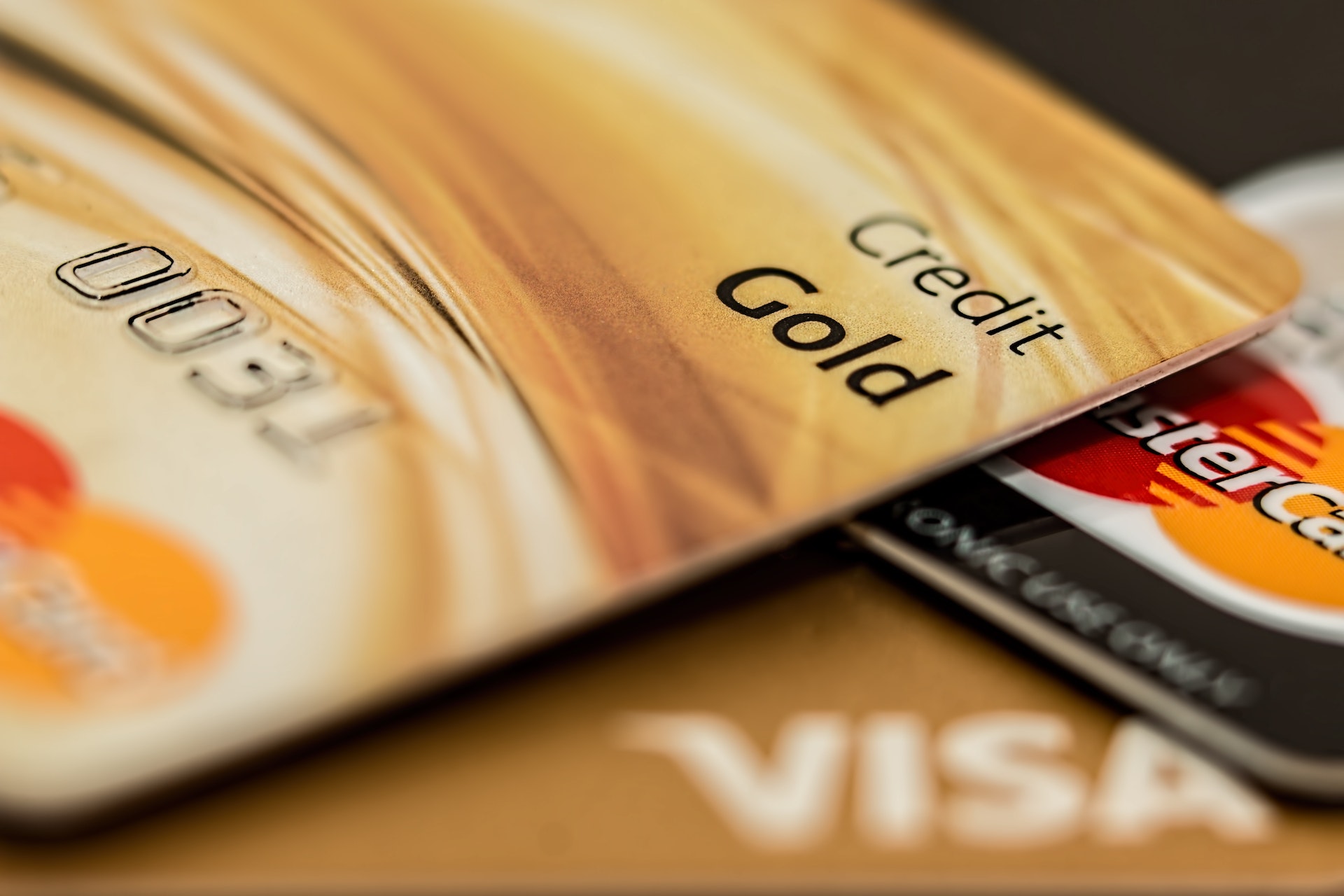Credit Card Debt Doesn’t Fix Itself
 The big problem when the government starts fiddling with interest rates tends to be the impact on consumer debt. Most people borrow regularly with credit cards because they don’t have to fill out any further paperwork once they have one and can borrow up to the limit of the card. Unfortunately, these borrowing tools also tend to have the most expensive interest rates for borrowing, which is why they are only good if you pay off the debt monthly. Otherwise, charges of anywhere from 15-25% are the norm. Worse, when the government starts raising interest rates to the banks to staunch inflation, the credit card variable rate goes up as well. That means higher charges every month for the same money borrowed.
The big problem when the government starts fiddling with interest rates tends to be the impact on consumer debt. Most people borrow regularly with credit cards because they don’t have to fill out any further paperwork once they have one and can borrow up to the limit of the card. Unfortunately, these borrowing tools also tend to have the most expensive interest rates for borrowing, which is why they are only good if you pay off the debt monthly. Otherwise, charges of anywhere from 15-25% are the norm. Worse, when the government starts raising interest rates to the banks to staunch inflation, the credit card variable rate goes up as well. That means higher charges every month for the same money borrowed.
A Creeping Financial Quicksand
At first, the rate changes might not matter much. Many consumers can handle the monthly minimum payment to get to the next 30 days without a lot of strain. However, when the bills and multiple cards start to add up, and personal cash flow becomes limited by compounding minimum payments, then problems begin. Additionally, the excessive interest charges start to become painful as well.
A common response to the above is to start a juggling game, paying one bill and stalling another, but it’s like walking on thin ice. Eventually, a consumer makes a misstep and the ice breaks, getting your feet wet and creating even more problems as one tries to get out of the “water” again. Instead, one of two things needs to happen: either the debt needs to be paid off/reduced significantly to get out from under its crushing effect, or the debt needs to be consolidated with a new encompassing loan that has a lower interest charge and can be paid off over a longer period. Most importantly, the new loan doesn’t keep increasing as well, just adding new debt to the old amounts owed.
Staunch the Wound, Then Focus on Healing
Consolidated loans can be highly effective at reigning in credit card debt. First, they stop the crush of the variable interest charges, which keep going up right now. Second, as long as new credit card debt is not being added, the consolidated loan only goes in one direction with payments, down. Third, the loan can be spread over five or ten years, which creates a much easier payment amount to deal with monthly. Yes, the consumer will still pay interest on the loan; that won’t change. However, the cost will be less and the debt will effectively be reduced. It’s a much better position overall than just continuing to struggle with open-ended credit cards.
Consumer finance tools like Symple Lending make debt consolidation possible, helping consumers of all types get out of the mountain of interest charges that keep hamstringing their payment progress. Remember, the credit card companies have no benefit from paid-off debt. They want the borrowing to continue, and they even raise limits to make it worse. A consolidated loan stops the damage from growing and finally allows a consumer to actually recover from the debt hole they are in.









